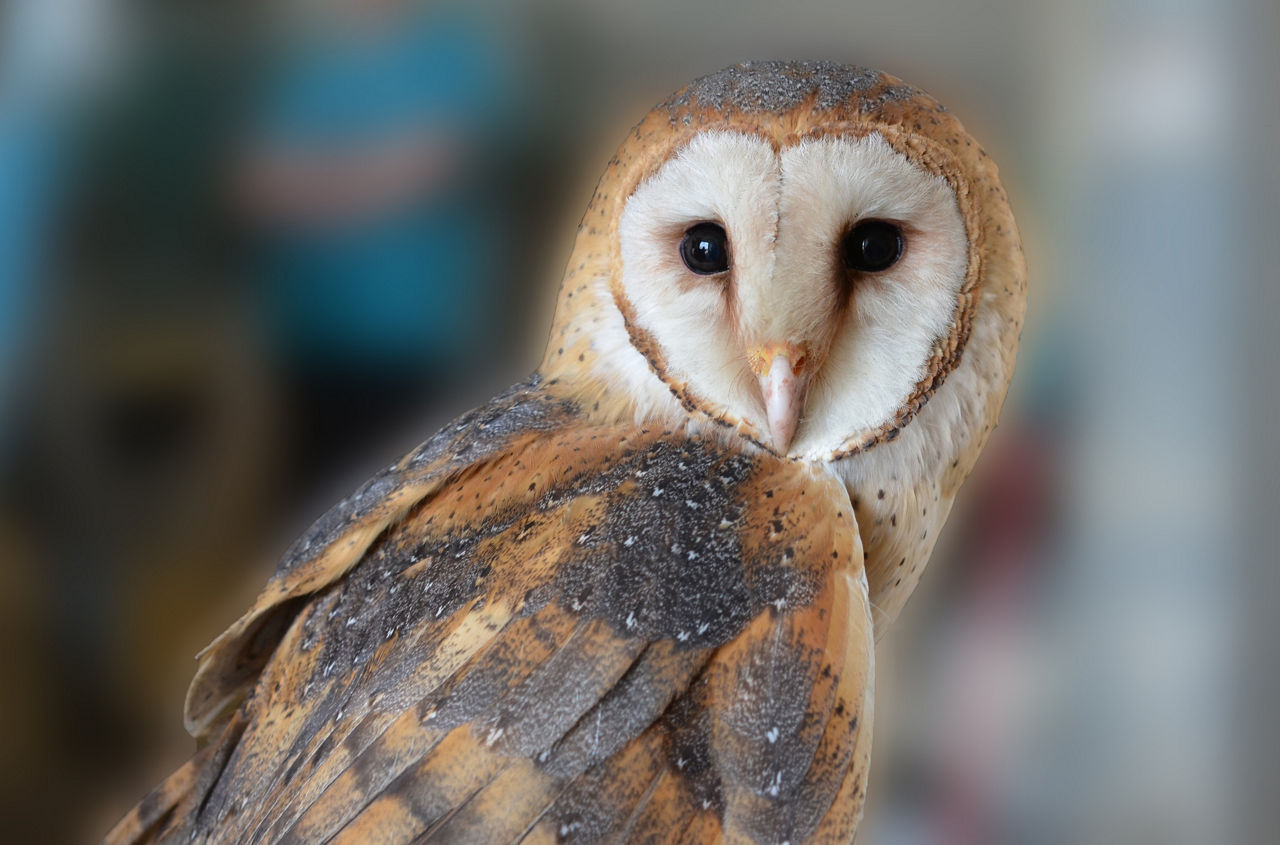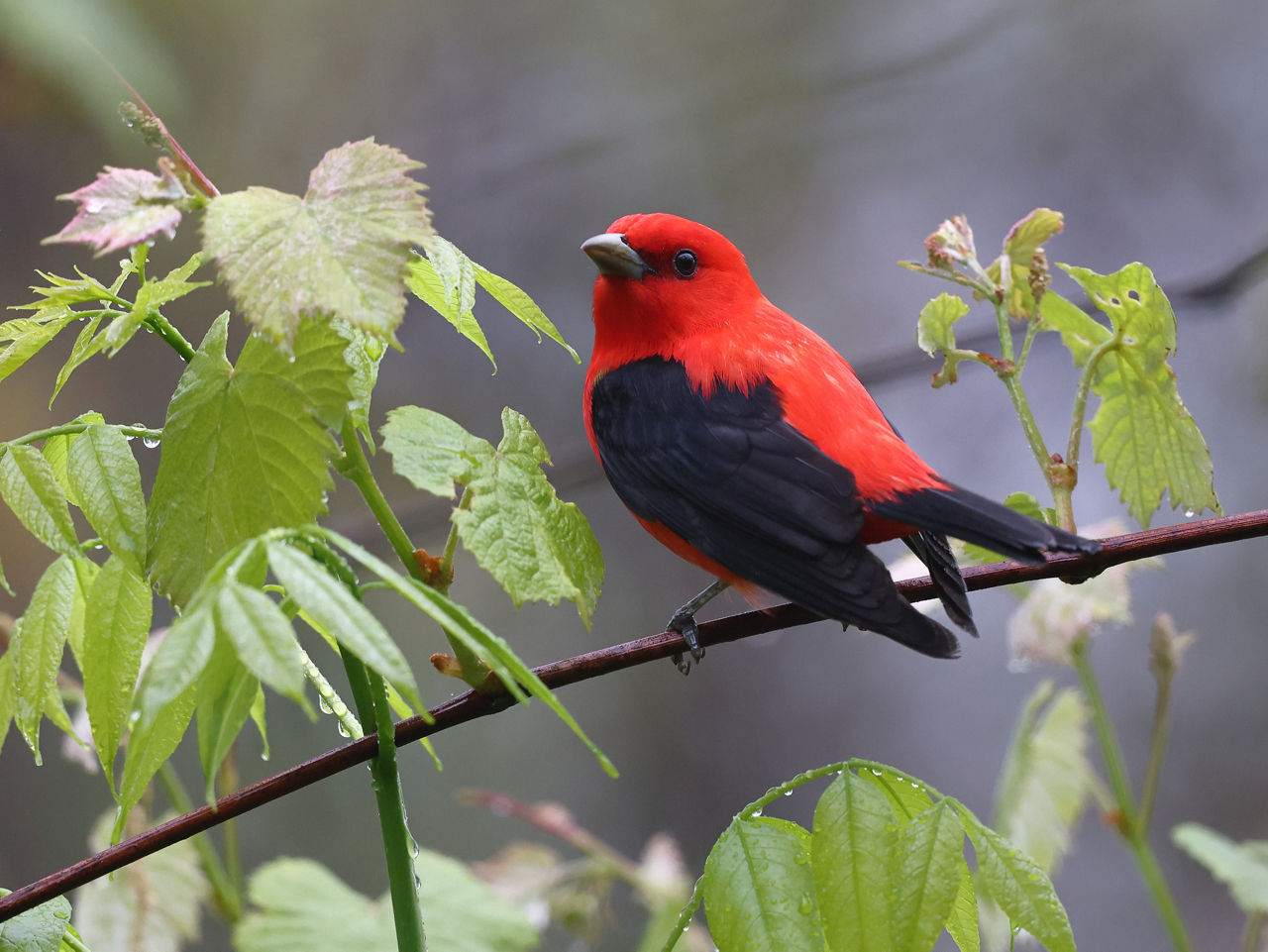Get Involved
The Pennsylvania Game Commission - your state wildlife agency – is responsible for conserving all wild birds, and their habitats, for this and future generations. Here are some ways you can get involved with us, and birding in general. The surveys and conservation opportunities below are conducted seasonally throughout the year and help support the agency's science-based management decisions for species and habitats. We welcome all bird enthusiasts to participate!
Research
Bald Eagles and Lead
The recovery of bald eagles has come a long way since three nests in the late 1970s. With the success of the Game Commission's recovery program, Pennsylvania now boasts more than 300 nests. As the eagle population increases, so does the chance of negative interaction between people and eagles. Lead in the environment is dangerous to bald eagles. Hunters can help prevent lead from being ingested by avian scavengers in two ways: by choosing to use non-lead ammunition and by burying carcasses and gut piles. Learn more in the resources below.
- Bald Eagles & Lead brochure PDF
- Bald Eagles & Lead film (6:08)
- Bald Eagles & Lead Toxicity webinar (50:20)
Lesser Black-backed Gull movement map
The paths of nine lesser black-backed gulls that the Game Commission is studying can be seen here:
Pennsylvania Management Plans
- Osprey Management Plan (PDF) - Pennsylvania (2015 - 2025)
Our Threatened and Endangered Species: Great Egrets
Great Egrets is the first episode in a new series on the State of Pennsylvania’s threatened and endangered species. Great Egrets nest in only two locations in the state, so monitoring their numbers and success from year to year is important for species conservation. Join us on our journey as we survey the egret colony on Wade Island, and learn a lot about egret natural history, behavior, and also why their numbers plummeted in the early part of the 20th century. Learn what you can do to help Pennsylvania wildlife and how you can make a positive, lasting impact on the natural world around you.











